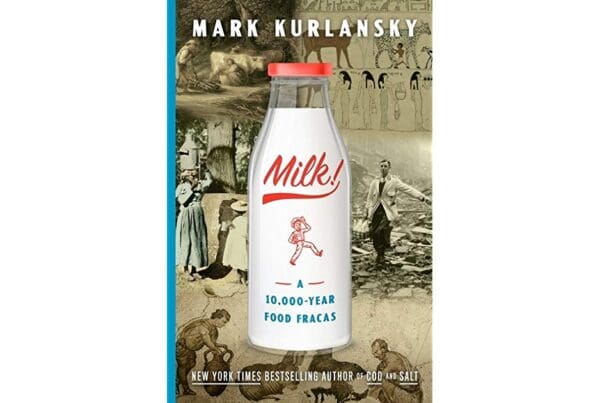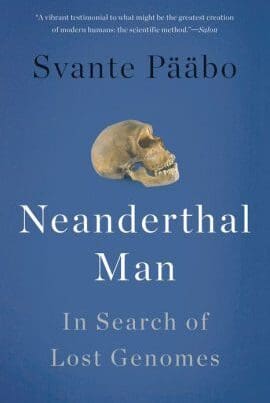The deadly influenza pandemic of 1918 is part of the world’s memory, but how much do we really know about what our ancestors went through? John M. Barry’s book The Great Influenza tells an edge-of-your-seat, terrifically readable story of the true-life events that caused millions to die, suicides by naysayers and a race against death by some of the early heroes of bacteriology.
As the United States entered World War I, doctors worked closely with the government to put medical safeguards in place to prevent death from the diseases that historically killed more men than war itself. But medical practices started to take a back seat to other war efforts, and the first few mild cases of influenza that struck a military base in Kansas in March 1918 were not recognized. Worse yet, the men were not quarantined to prevent the spread. A series of very unfortunate events had begun that would lead to worldwide devastation.
Soldiers from Kansas were sent by train and ship to other crowded camps and overseas to serve. These confined spaces became petri dishes and the pandemic ran hot and fast, mutating to become even more lethal. Within just a few months’ time, it had spread from the military to the general population and an estimated 5% of the world’s population was dead.
Barry explains in absorbing detail why this strain of influenza proved so deadly. It primarily struck young, healthy victims, some dying within 12-24 hours from pneumonia and severe lung infections.
The tragedy was in the timing as well, since not only had most medical professionals been recruited for the war, but the majority of doctors and scientists still didn’t know what caused the virus, how to prevent it from spreading or how to cure it.
We know the end of the story—the 1918 influenza pandemic holds the record for the deadliest in modern history. But there is a happy ending as well — one that modern medicine still benefits from today. This worldwide tragedy gave rise to true scientific inquiry and epidemiological studies that in time, not only led to the development of the influenza vaccine, but ultimately the discovery of DNA as the carrier of the genetic code.
The moral of the story? Get your flu shot!


